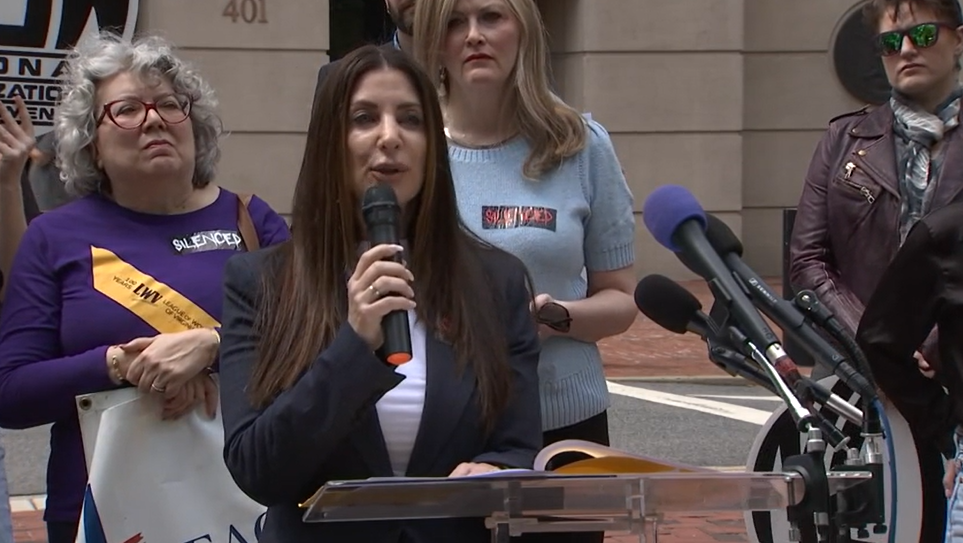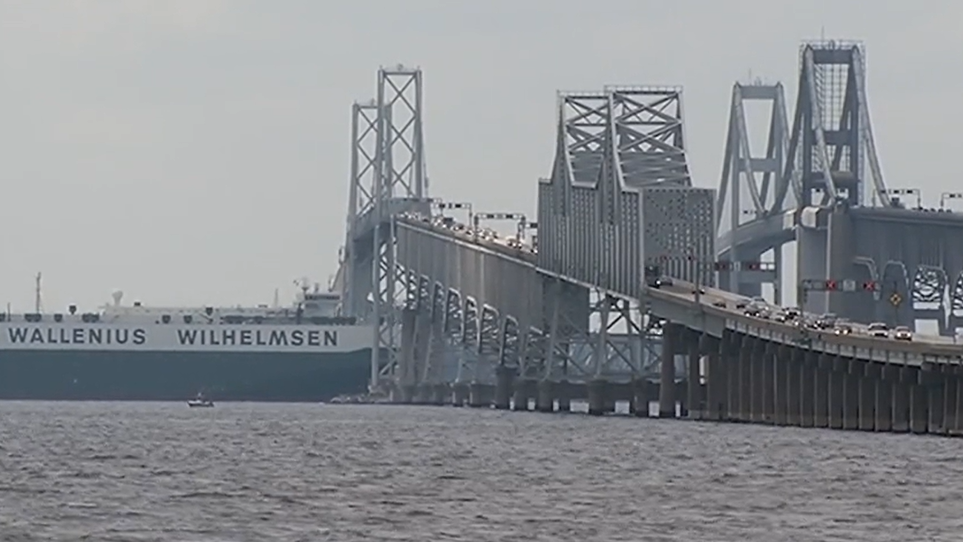Metropolitan Police Department officers were out in seven districts Tuesday night, hoping to build bridges with the people they protect and serve as part of National Night Out.
The city just saw nearly a dozen shootings in two days, but the goal of the night was to improve police-community relations and crime prevention.
Since Friday, July 28, the city has had 11 shootings with two deaths. Police have been frustrated trying to close these cases with arrests.
Mayor Muriel Bowser planned to speak to National Night Out participants, telling them it was a tough weekend.
“And what I will tell them is that our police department is vigilant from the chief down to the lieutenants and officers walking the beat,” Bowser said. “We ask that our community to work with them so we can continue to solve crime. We know that's important.”
The mayor said in the past year, her safer, stronger DC Plan has resulted in a 26 percent decrease in violent crime and a 10 percent reduction in homicides. The mayor and police chief began their National Night Out visits at King Greenleaf recreation center in southwest Washington, one of seven locations hosting events citywide.
“I'm a product of this environment, and actually I'm very concerned about the killings that are going on,” said Paul Taylor, with the Department of Parks and Recreation. “National Night Out. I'm glad they brought it down here to southwest Washington, D.C., because the kids need to know that police officers are human, too.”
Local
Washington, D.C., Maryland and Virginia local news, events and information
Taylor said he turned his life around after being released from prison 12 years ago. He took a job with the D.C. Department of Parks and Recreation.
“Back in my younger days, I was a product of going around and committing crimes and things like that,” Taylor said. “I took it upon myself once I was released to give back to my community, whole heartedly.”
National Night Out started in 1984 to bring police and communities closer. The first one involved about 400 communities in 23 states and has grown to about 23,000 communities in every state.
Events are usually organized by neighborhood watch groups, nonprofit groups or police. They usually include drug and crime prevention programs.



